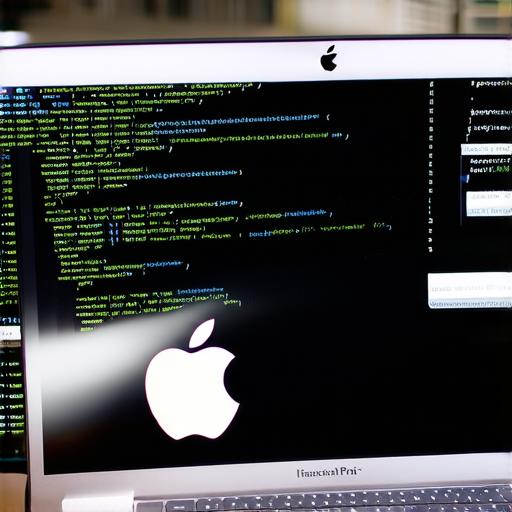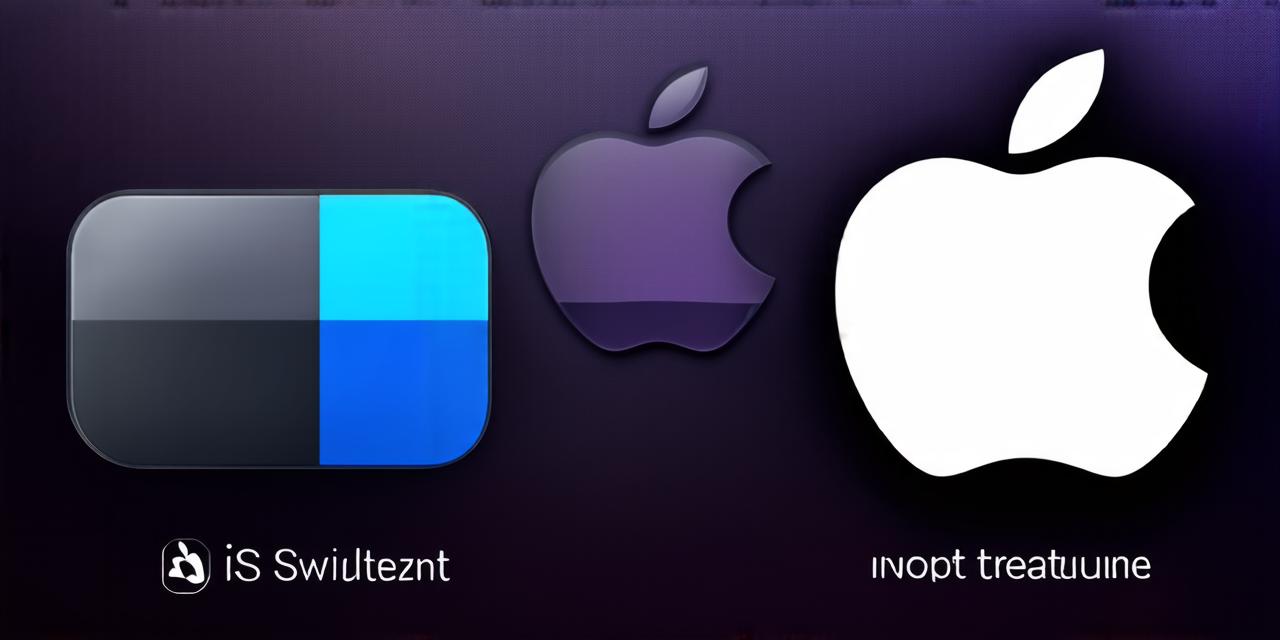In recent years, the demand for mobile applications has grown tremendously, with iOS being one of the most popular operating systems for smartphones. If you are an iOS developer, creating an application can be a fun and challenging task. However, it can also be a daunting process if you have no idea where to start or what tools and technologies to use.
Setting Up Your Development Environment
The first step in creating an iOS application is to set up your development environment. This involves installing the necessary software and tools that you will use throughout the development process.
Installing Xcode
Xcode is a free integrated development environment (IDE) that Apple provides for developing iOS applications. It includes everything you need to write, debug, test, and deploy your application.
You can download Xcode from the Mac App Store.
Installing CocoaPods
CocoaPods is a popular package manager for iOS developers that allows you to manage dependencies between libraries and frameworks in your project. You can install CocoaPods by running the following command in Terminal:
bash
sudo gem install cocoapods
Installing Git
Git is a version control system that allows you to track changes to your code over time and collaborate with other developers. You can install Git on your computer by running the following command in Terminal:
bash
/bin/bash -c "$(curl -fsSL https://raw.githubusercontent.com/Homebrew/install/main/install.sh)"
Creating a Project Directory
Once you have installed Xcode, CocoaPods, and Git, it’s time to create a project directory for your iOS application. This is the folder where all of your source code, assets, and other files will be stored.
Idea Generation
Now that you have set up your development environment, it’s time to start brainstorming ideas for your iOS application. This is an essential step in the development process, as having a clear idea of what you want to build will help you stay focused and ensure that your application meets the needs of your target audience.
Conducting Market Research
Before you start coding your iOS application, it’s important to conduct market research to understand your target audience and their needs. This involves gathering data on your competitors, analyzing user reviews and feedback, and identifying gaps in the market that your application can fill.
Identifying User Needs
Once you have conducted market research, it’s time to identify the specific needs of your target audience. This involves creating a list of features and functionalities that your application should include based on user feedback and requirements.
Creating a Wireframe
A wireframe is a visual representation of the layout and structure of your iOS application. It helps you organize your ideas and plan out the flow of your application. You can create a wireframe using tools such as Sketch, Adobe XD, or even by hand on paper.
Designing User Interface (UI)

Once you have created a wireframe for your iOS application, it’s time to design the user interface (UI). This involves creating screenshots and mockups of each screen in your application, as well as designing any custom elements or graphics that you will need. It’s important to create a visually appealing UI that is easy to navigate and use.
Choosing a Development Methodology
There are several development methodologies that you can use when building an iOS application, such as Agile, Scrum, and Lean. Each methodology has its own strengths and weaknesses, so it’s important to choose the one that best suits your project and team.
Writing Code
Now that you have designed the UI for your iOS application, it’s time to start writing code. This will involve creating a new Swift or Objective-C file in Xcode and adding code to it.
Setting Up Your Workflow
Before you start coding, it’s important to set up your workflow to ensure that you are working efficiently and effectively. This involves creating a development process that includes steps such as writing code, testing, debugging, and version control.
Writing Code
Once you have set up your workflow, it’s time to start writing code for your iOS application. This will involve creating a new Swift or Objective-C file in Xcode and adding code to it.
Debugging and Testing
Debugging and testing are essential steps in the development process that help you identify and fix any issues with your code. You can use tools such as Xcode’s debugger and simulators to test your application on different devices and screen sizes.
Version Control
Version control is a system that allows you to track changes to your code over time and collaborate with other developers. Git is a popular version control system that you can use when developing an iOS application.
Deployment
Once you have completed development for your iOS application, it’s time to deploy it to the App Store so that users can download and install it on their devices. This involves creating a developer account with Apple, submitting your application for review, and configuring your app store listing.
Best Practices for Developing iOS Applications
There are several best practices that you should follow when developing an iOS application to ensure that it is user-friendly, efficient, and scalable. Some of these best practices include:
- Keeping Up with the Latest Technologies
- Designing for User Experience (UX)
- Optimizing Performance
- Implementing Security Measures
Summary
Developing an iOS application can be a challenging and rewarding experience that requires creativity, technical skills, and attention to detail. By following the steps outlined in this guide, you can create a high-quality iOS application that meets the needs of your target audience and provides a great user experience.
